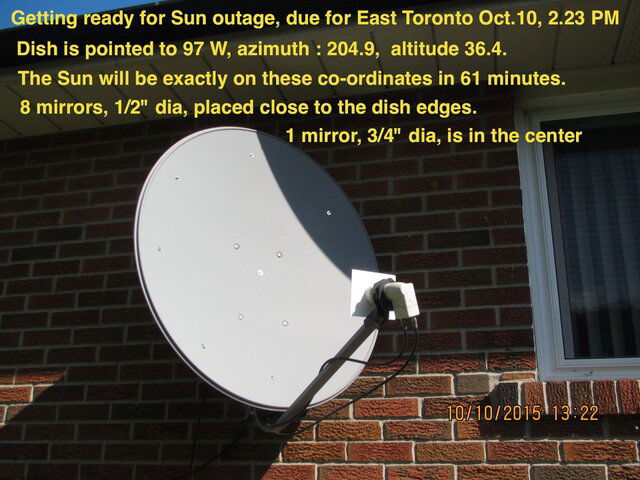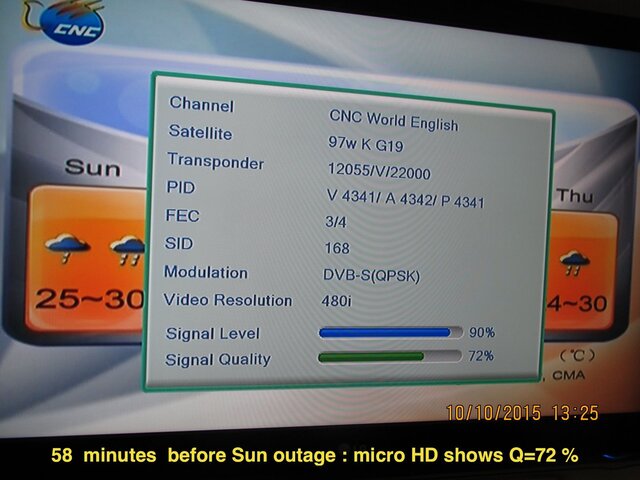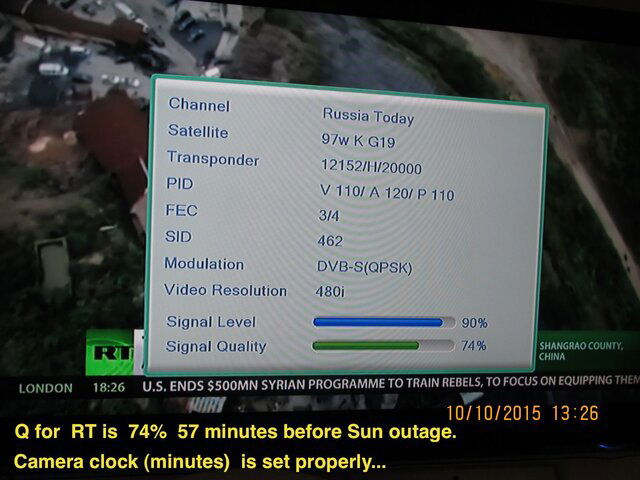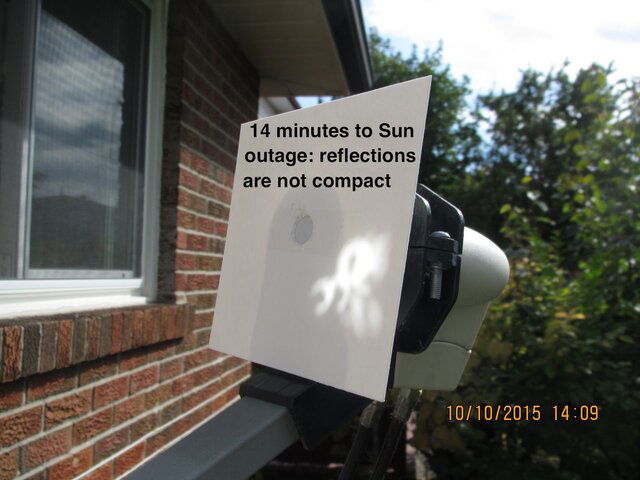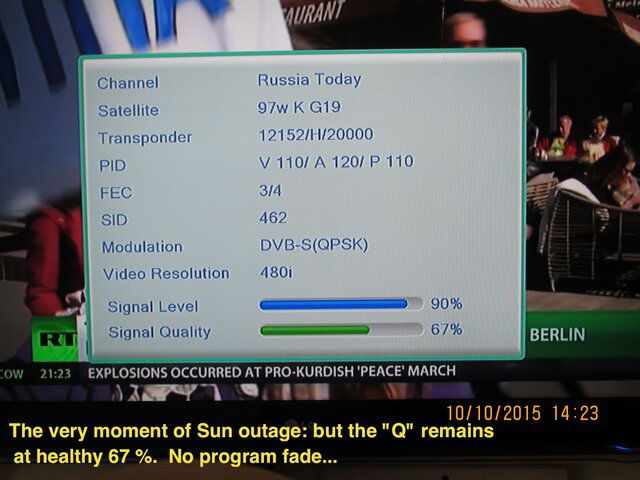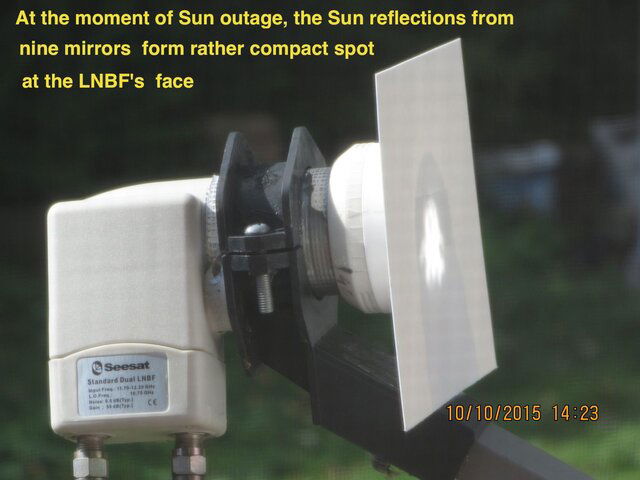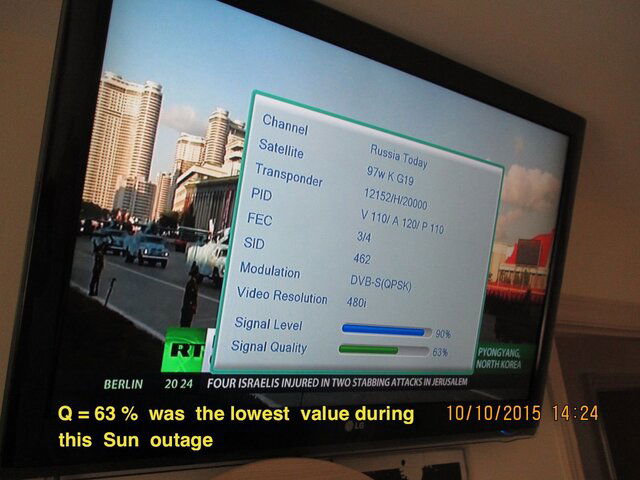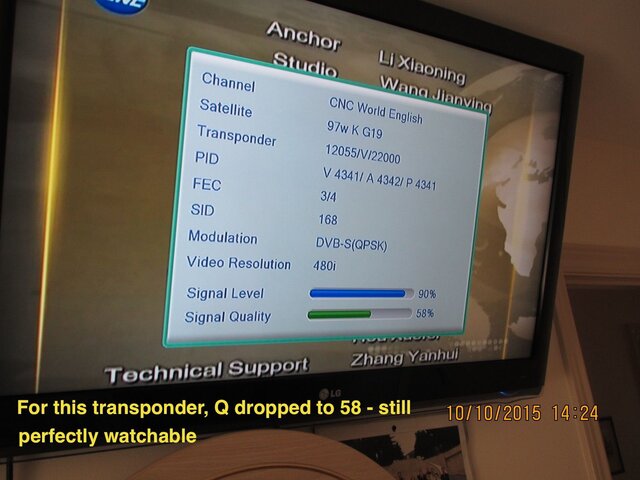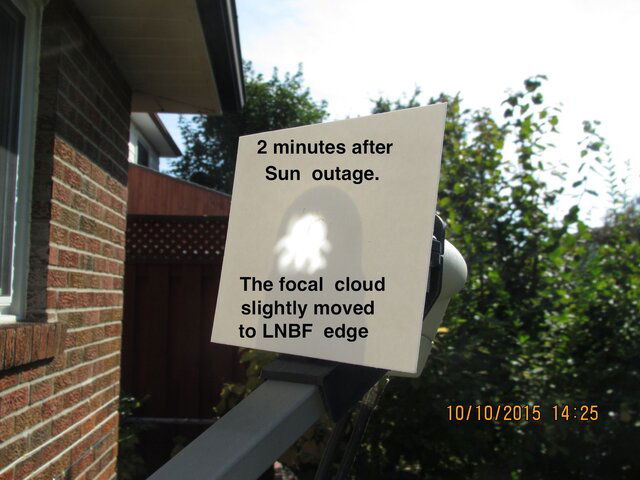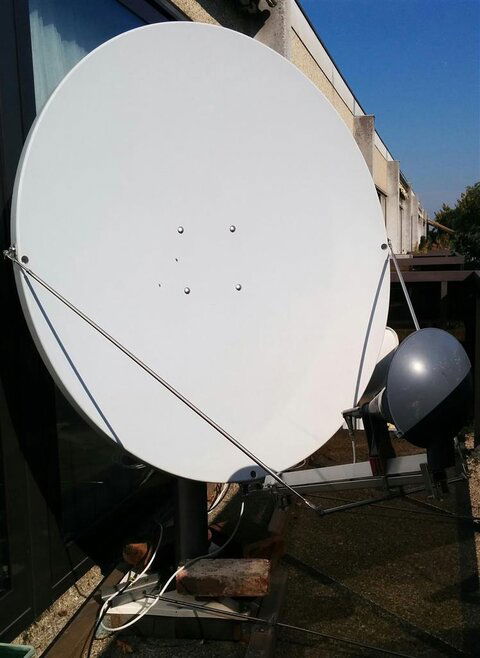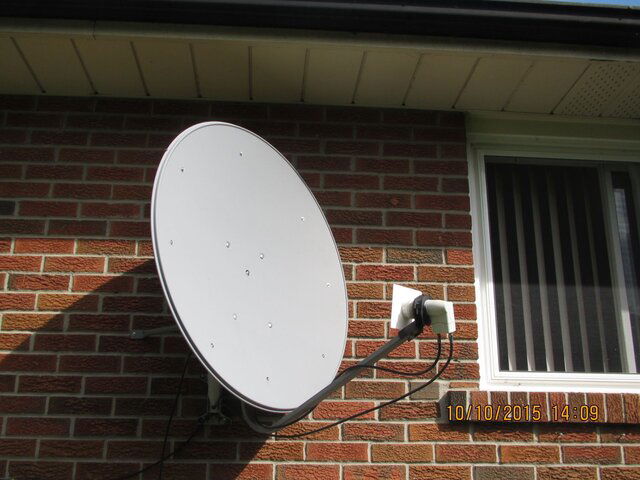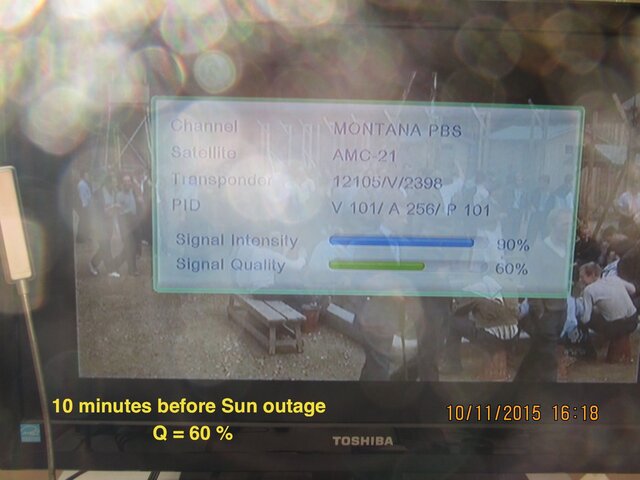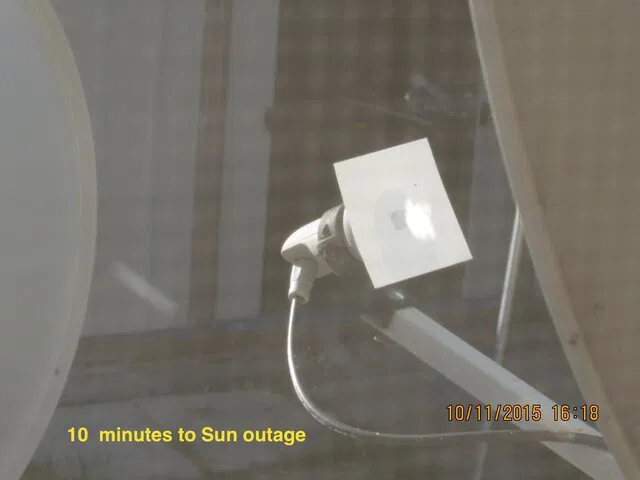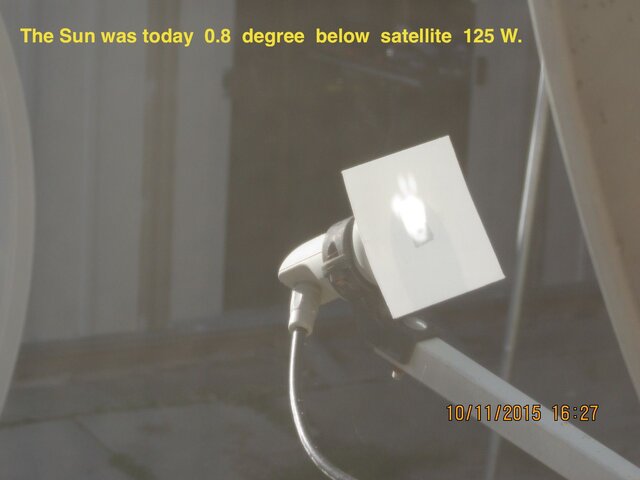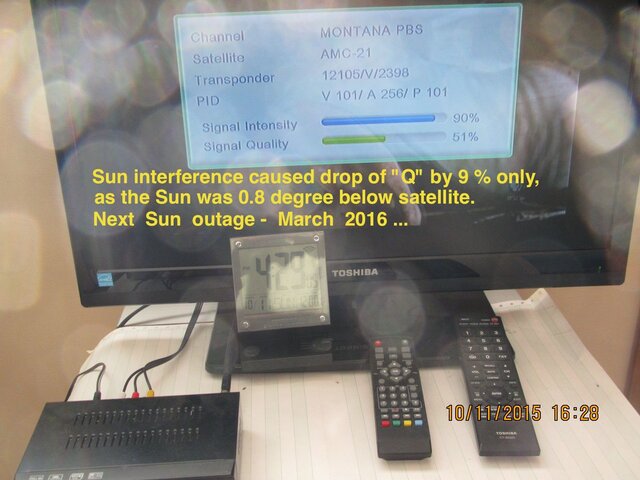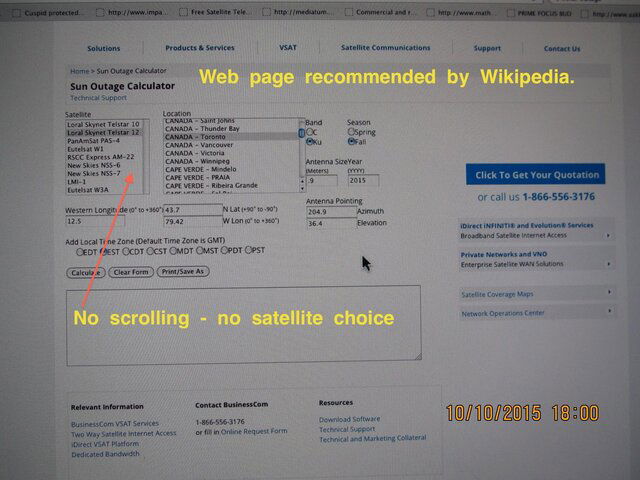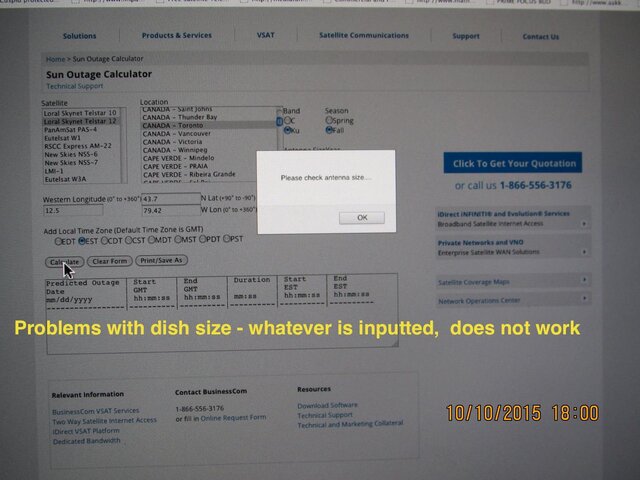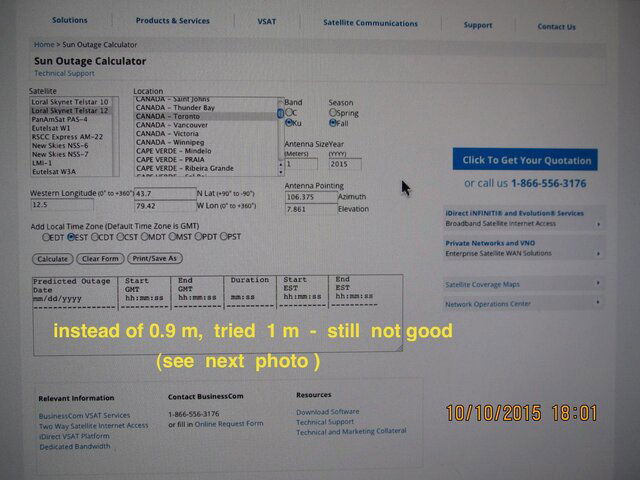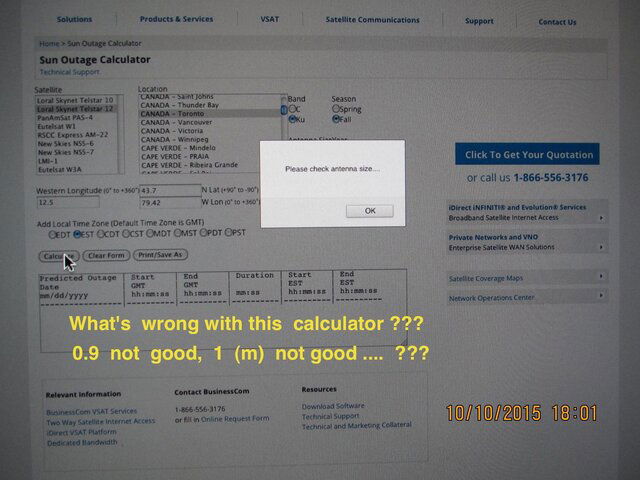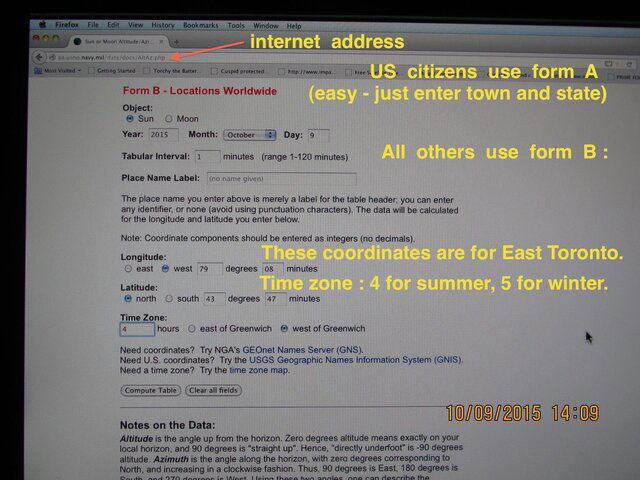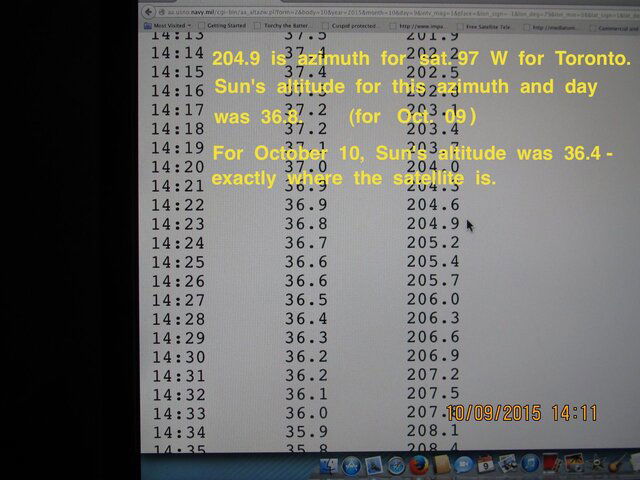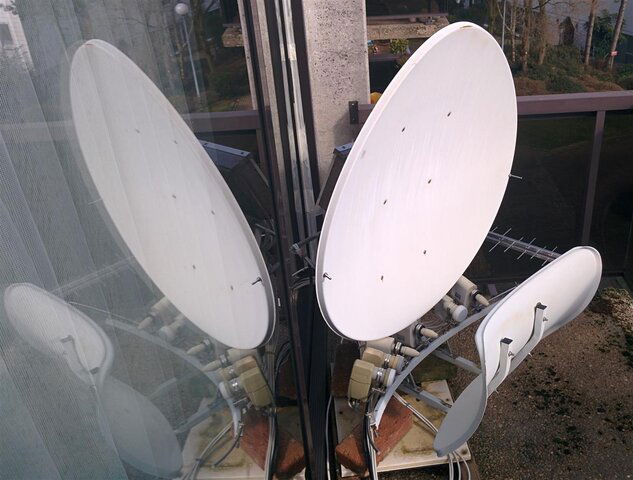I've always found DVB-S QPSK to be rather forgiving when sun outage time comes around. Of course factors such as nominal power level, FEC rate, symbol rate (bandwidth), receiving dish size, etc. have to be taken into account, but, in my experience, a good deal of DVB-S QPSK signals that have rather high symbol rates (meaning they utilize a rather high amount of bandwidth) will weaken, but still remain receivable, as the sun passes behind the satellite.
Now, DVB-S2 8PSK (or higher modulation schemes) signals are an entirely different matter. They are much more likely to go out.
This behavior has been exemplified over the years by the channels on my local cable system. Back when everything was analog, virtually every channel, without question, would go out for several minutes during the solar transit. Then, with the advent of DVB-S QPSK and DCII and all transponders going to digital, sun outages were, for the most part, either eliminated or would last only a minute or two at most. Now, though, with the majority of channels broadcasting on DVB-S2 8PSK transponders, at least for HD services, I've noticed many channels are now once again subject to outages of several minutes.
97W C band Justice, Grit, Bounce mux went down for a short while today. Justice has been advertising about the solar outage possibilities all week.
I like monitoring the diginets available in my area when the sun is predicted to affect their signals to see if anything is done in response to the signal outage. Several of of the networks, I imagine through the customized receiver which many networks require local stations to use, will have a "technical difficulties" message pop up on screen for the duration of the outage (I like GetTV's the best - it's a picture of a bug-eyed Jackie Gleason with the message "WHOOPS We are experiencing technical difficulties." Justice Network, however, goes one step further and transitions to alternate programming with a message on the bottom of the screen saying "regularly scheduled programs will resume shortly." In some other cases, I've seen a message come up that I assume is inserted manually by somebody in the control room because the appearance of the message is inconsistent from day-to-day, year-to-year. My local PBS station is like this. If and when their Create, FNX, and primary subchannels go out, they will occasionally put a message on screen explaining the situation.
I have to mention radio, too. Many of you probably know that Minnesota Public Radio is distributed on Galaxy 16 C-band. During the weekdays, when they always have somebody in studio around 12:30-1:30 PM, the general time of the sun passing behind Galaxy 16 in Minnesota, there will usually be a few mentions on the news and information service as well as the classical service of the possibility of listeners outside of the Twin Cities temporarily losing programming due to the sun interfering with the satellite. The outages are usually pretty brief, though, since all the stations I've ever heard affected have an internet backup that quickly kicks in if the satellite connection is lost.
